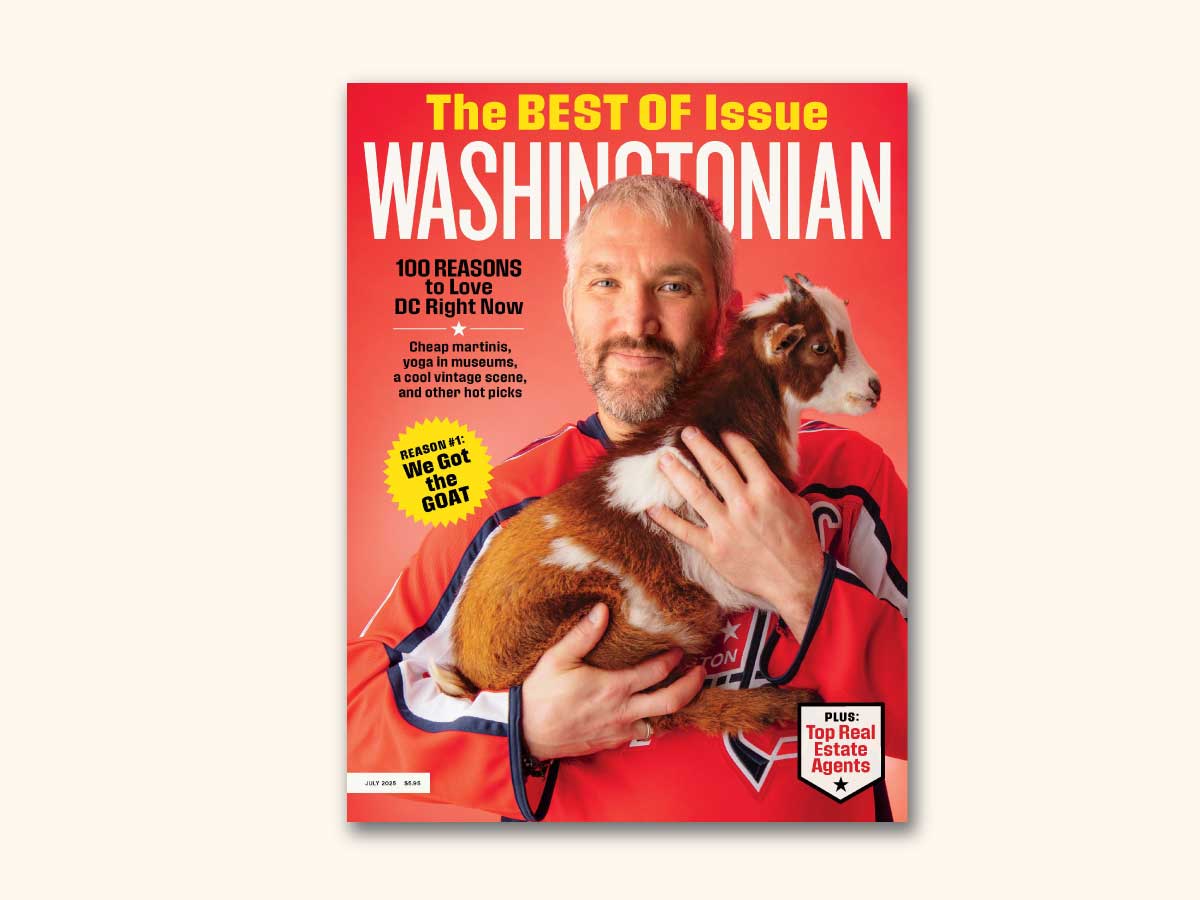
Every investment strategy should begin with a plan. Work with your financial advisor to help you define your goals. Once your goals are determined, then you can select on the type of investments that make sense for your timeline and risk tolerance. The good news is that it is never too late to create and implement a personal investment plan and begin creating a nest egg for the future.
1. What is risk tolerance, and how can I figure out what mine is?
Risk tolerance comes down to how much risk you are willing and able to take on. A good rule of thumb to follow is, if you’re up at night thinking about your investments and fearing that a down market may bring your portfolio down too much, then you may be carrying too much risk. On the flip side, if you’re worried that you could be missing out on earning potential, your investments might be too conservative. I suggest you work with a financial advisor to gain a more quantifiable measure of risk you are willing to take based on your time, goals and objectives.
2. What can I expect if I invest in the stock market?
All investments carry some degree of risk and the markets are impacted by many forces like earnings, consumer emotions, political events and even natural disasters. Historically, stocks have enjoyed the most robust average annual rates of returns over the long term (just over 10% per year) followed by corporate bonds (around 6% annually), Treasury bonds (5.5% annually), cash/ cash equivalents (3.5% annually). The tradeoff is that with this higher return comes higher risk: as an asset class, stocks are riskier than corporate bonds, and corporate bonds are riskier than Treasure bonds or bank saving products.1
For long-term investors, who can absorb the risk and ride the ebb and flow of the market, it may be a place for you to invest a portion of your money.
3. What is the best way to invest in volatile markets?
Dollar cost averaging (DCA) is an investment technique which works well in volatile markets. By dividing the total sum to be invested in the market (e.g. $12,000) into equal amounts invested into the market at regular intervals (e.g. $1000 over 12 months), this strategy reduces the risk of incurring a substantial loss resulting from investing the entire “lump sum” just before a fall in the market.
DCA effectively leads to more shares being purchased when their price is low and fewer when they are expensive. As a result, DCA can potentially lower the total average cost per share of the investment, giving the investor a lower overall cost for the shares purchased over time.
The most important point is not to miss the markets gains by trying to predict the best time to invest. For instance, if you invested $10,000 in the Dow Jones Industrial Average between 12/31/2000 – 12/31/2015 your annualized rate of return would have been 5.8%. 2 If you missed the 10 best trading days during that period of time, your annualized rate of return would be reduced to a mere 1.18%. Therefore, it is time in the market, not timing the market which is the best way to capitalize on stock market gains.
4. How can I minimize my risk when I invest?
The best way to minimize risk is to make sure you are well diversified. This is a method where you invest your portfolio in many different kinds of assets, such as stocks, bonds, and cash (and/or real estate). Each of these investments reacts in a unique way to economic events. For that reason, diversification is the best way to get the highest return with the lowest risk. It’s also the best way to protect your money in a crisis.
5. What is the most important Rule to Investing?
Never invest money into the stock market that you can’t afford to lose.
Get help getting started
Don’t put off investing because you can’t find the right financial help. PenFedInvest can give you the answers you need about investment planning that fits your finances. Contact Jacqui Hanson to help you create your personal investment plan or visit us at PenFedInvest.com for a step-by-step walk-through of your financial needs and options.

Jacqui L. Hanson, CFP®
Financial Advisor
CUSO Financial Services, L.P.
at Pentagon Federal Credit Union
703-769-8915
Non-deposit investment products and services are offered through CUSO Financial Services, L.P. (“CFS”), a registered broker-dealer (Member FINRA/SIPC) and SEC Registered Investment Advisor. Products offered through CFS: are not NCUA/NCUSIF or otherwise federally insured, are not guarantees or obligations of the credit union, and may involve investment risk including possible loss of principal. Investment Representatives are registered through CFS. Pentagon Federal Credit Union has contracted with CFS to make non-deposit investment products and services available to credit union members. PenFed Invest is the marketing name for non-deposit investment products and services provided at Pentagon Federal Credit Union through CFS. Certified Financial Planner Board of Standards Inc. owns the certification marks CFP®, Certified Financial PlannerTM and CFP® in the U.S., which it awards to individuals who successfully complete CFP Board’s initial and ongoing certification requirements.
1 http://www.finra.org/investors/reality-investment-risk
2 A World of Investing, Putnam Investments, Investor Education Q4|2015





